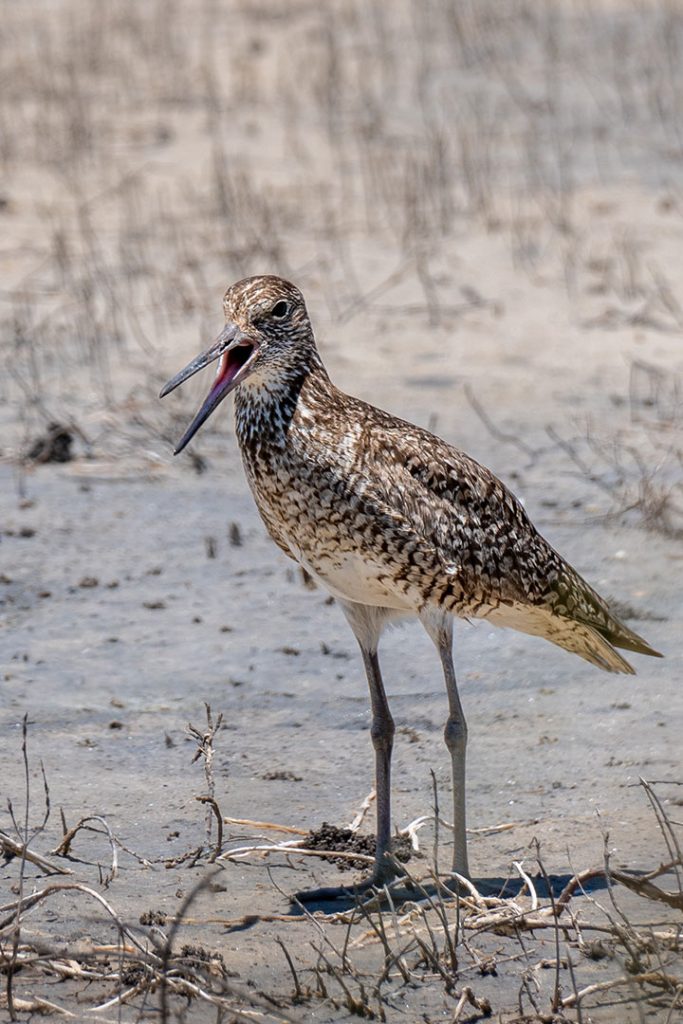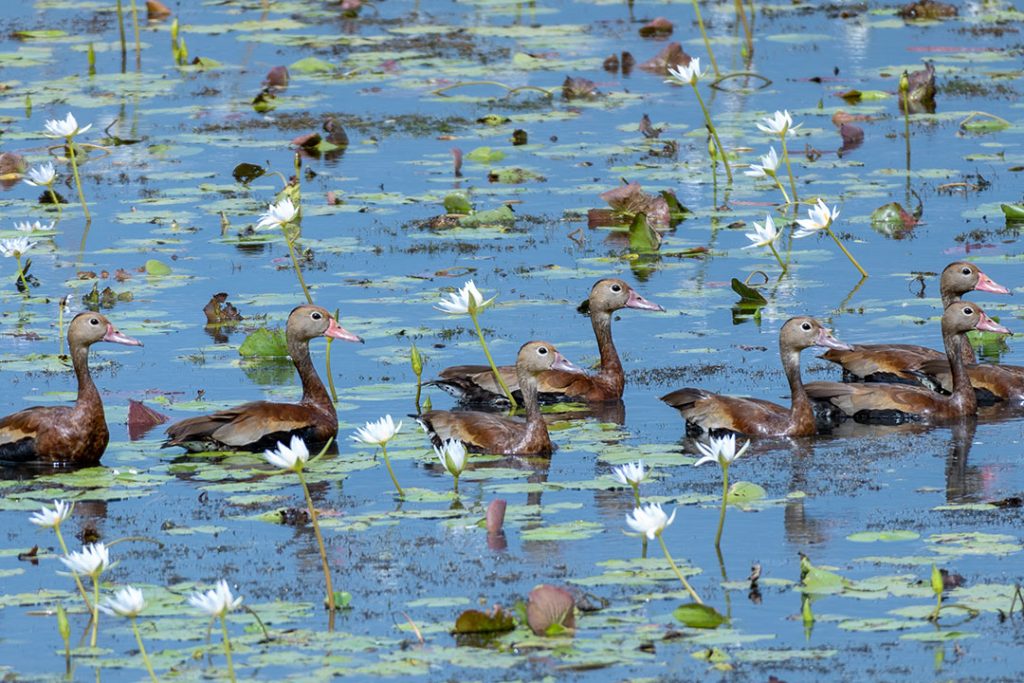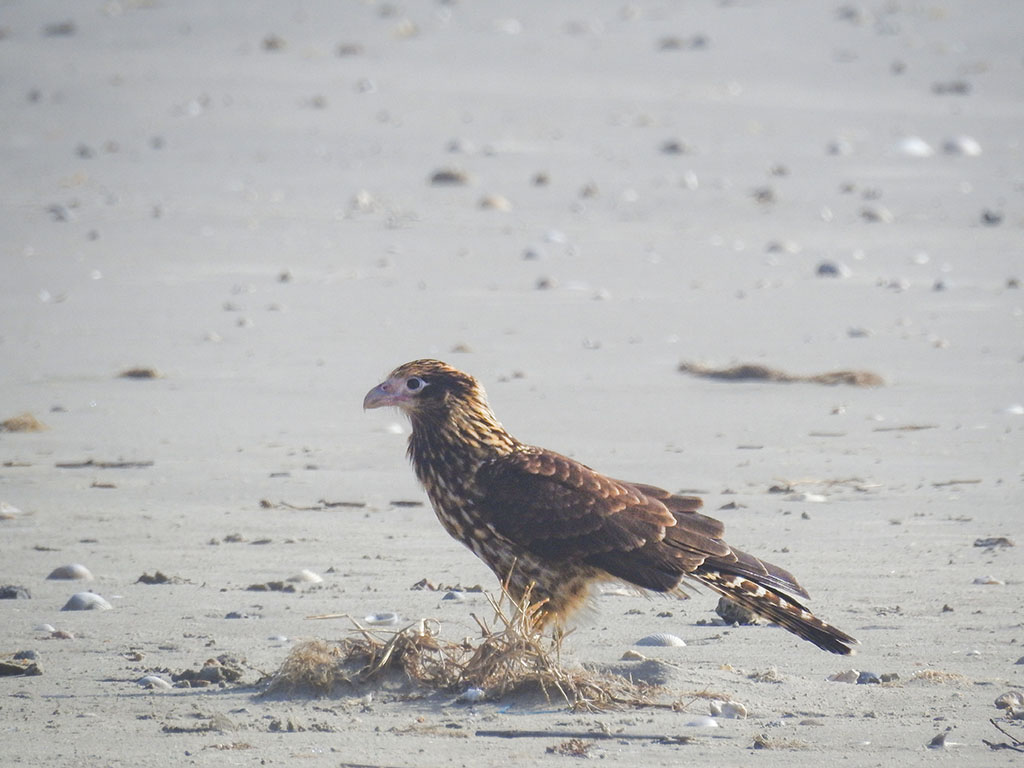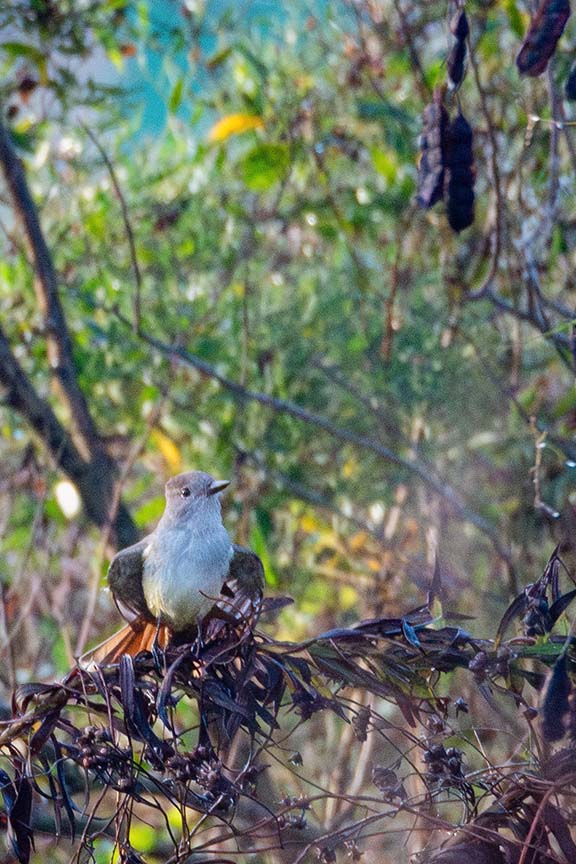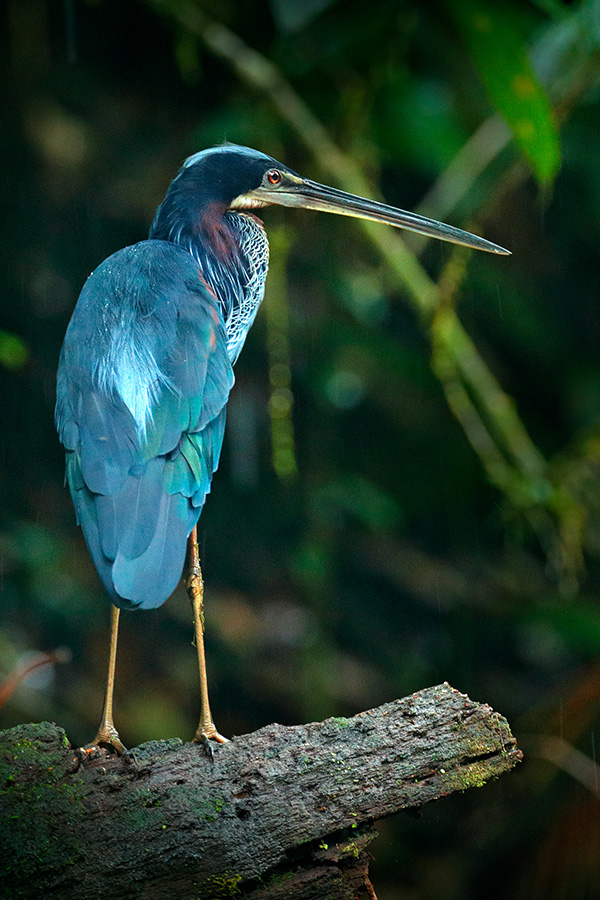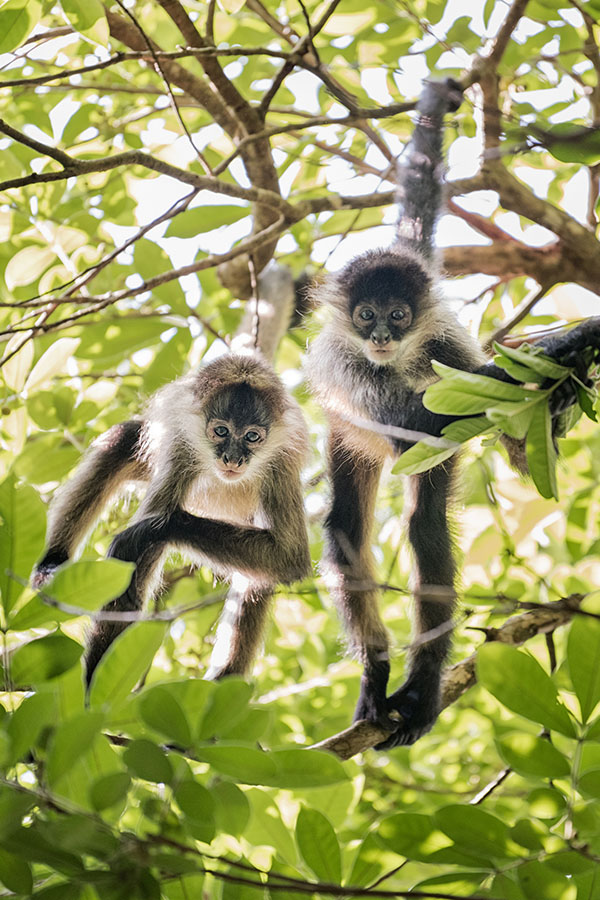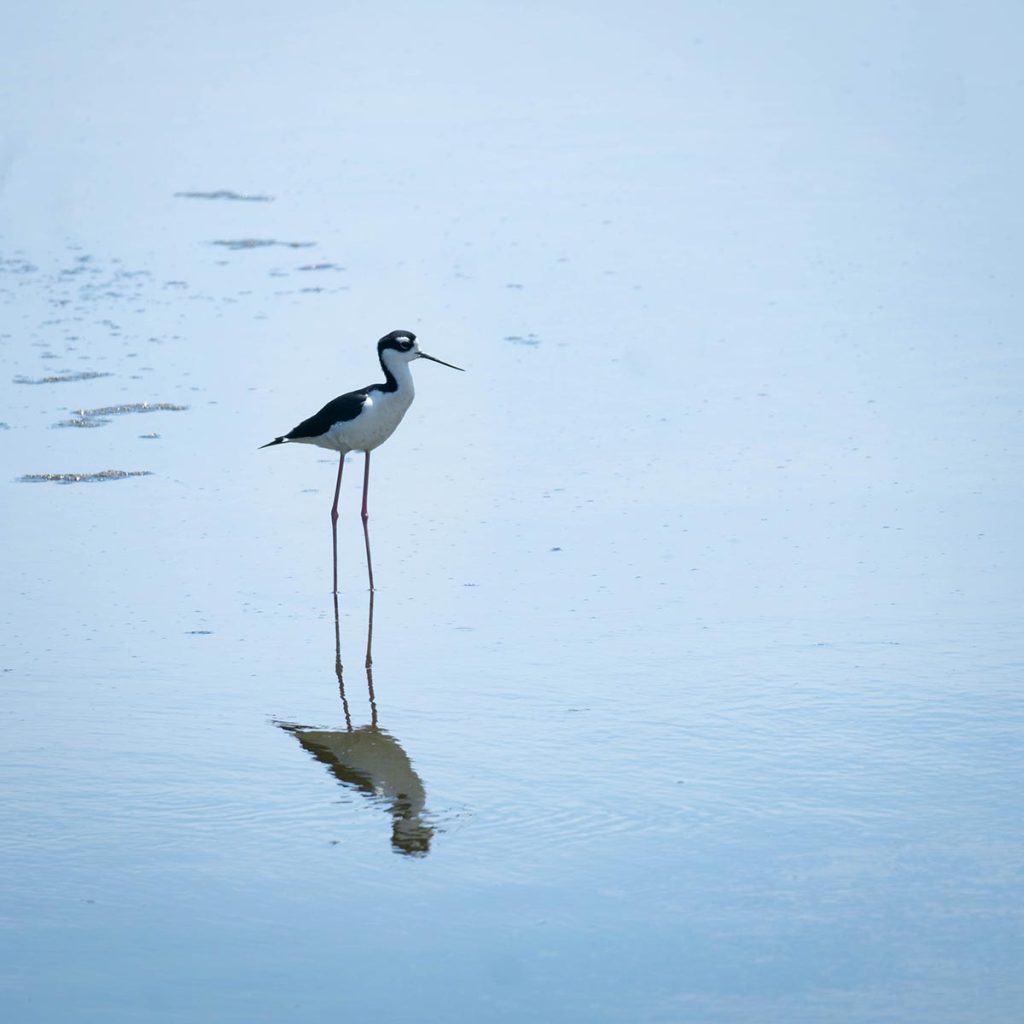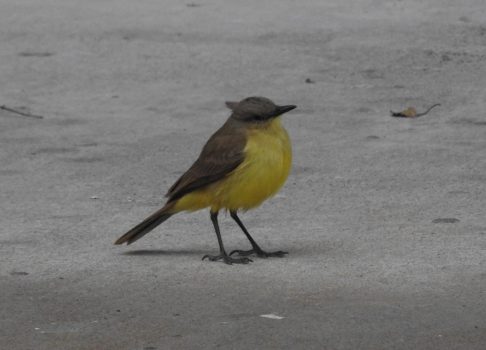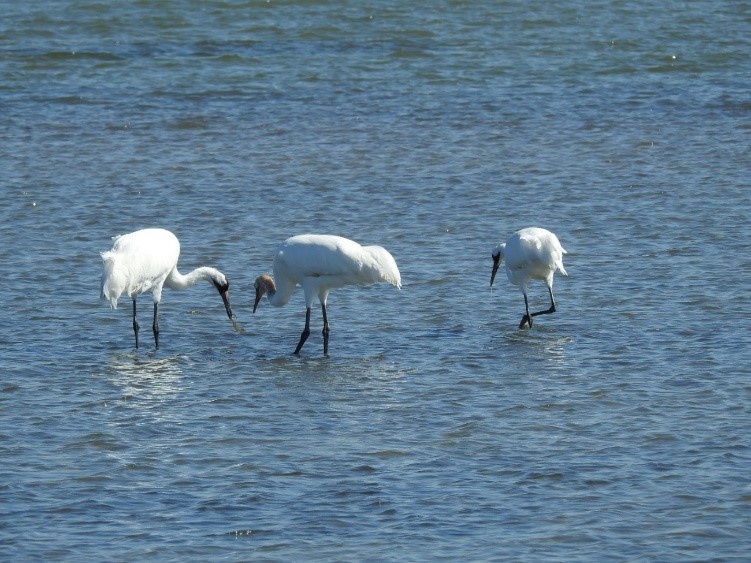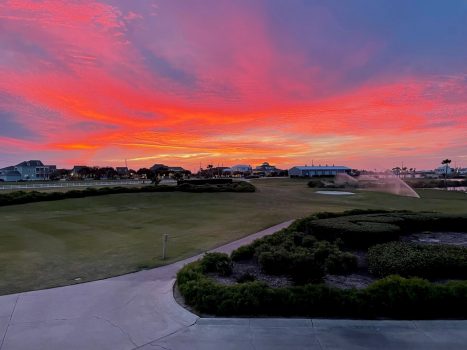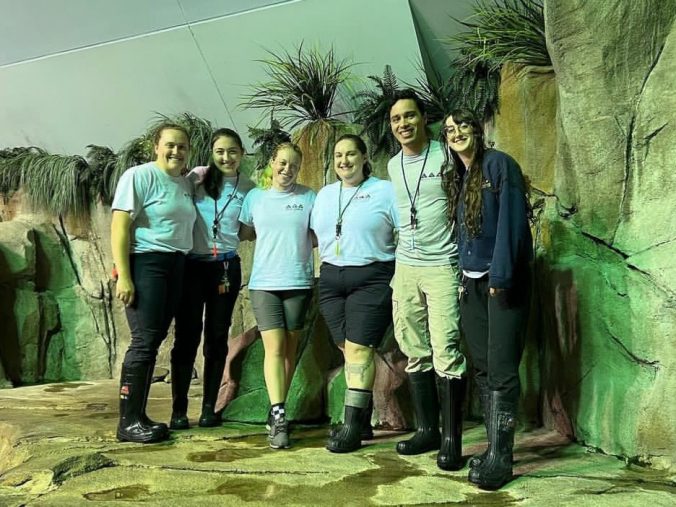Join Us for a Special Presentation featuring
Guest Speaker, Lola Crassard!

Mark your calendars for a free special event at the MG 3D Theater! Join us on Friday, March 14, at 7:00 PM or Saturday, March 15, at 9:30 AM for a guest speaker presentation by Lola Crassard, Wildlife Monitoring Technician biologist at the Pacuare Reserve. Guests may attend one or both sessions, but advance registration is required due to limited seating—early reservations are highly recommended.
Moody Gardens & Pacuare Reserve Partnership
In 2025, Moody Gardens committed to a three-year partnership with Ecology Project International (EPI), which manages the Pacuare Reserve in Costa Rica. As part of our commitment, we are providing funding through the Moody Gardens Conservation Fund to aid in studies on the populations of the Agami heron and sea turtles. This funding will support the construction of a bird blind and a sea turtle hatchery.
About Pacuare Reserve
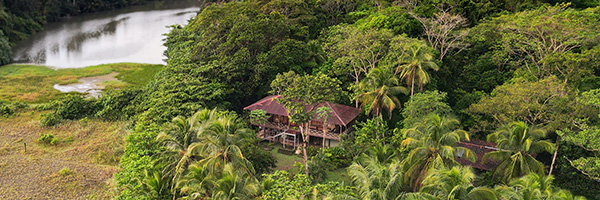
The Pacuare Reserve is the only known Agami Heron nesting site along the Costa Rican Caribbean, between Southern Mexico and Northern Colombia. The reserve also provides critical nesting sites for leatherback, green and hawksbill sea turtles. Research conducted here plays a crucial role in shaping conservation strategies and informing decisions by the International Union for Conservation of Nature (IUCN).
About Lola Crassard
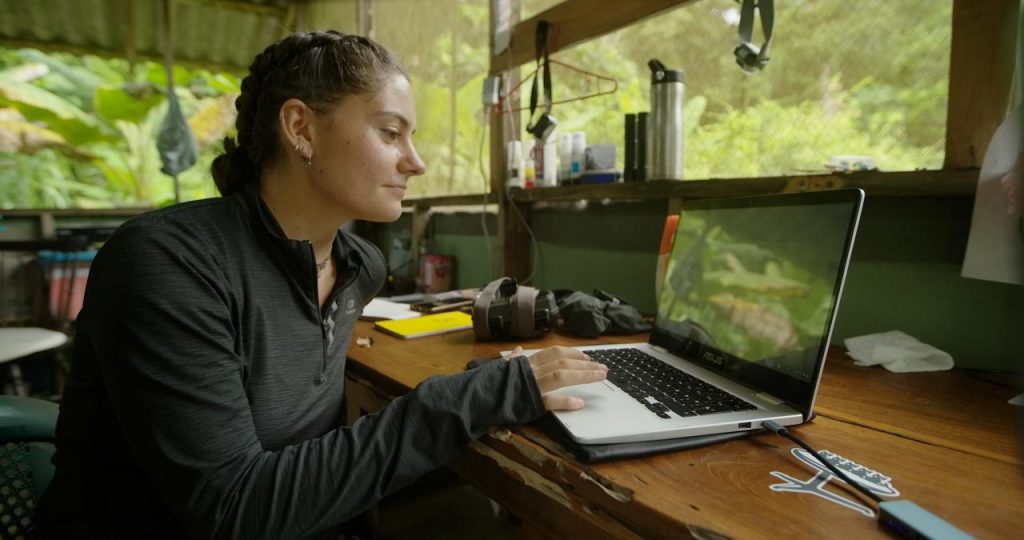
Lola Crassard is a dedicated wildlife biologist specializing in ecological research, wildlife monitoring, and environmental education. At the Pacuare Reserve, she studies felines, large mammals, and primates through camera trap monitoring and transect sampling, while also researching Agami Heron nesting populations.
Her previous experience includes behavioral research and enrichment program development for captive animals at Rescate Wildlife Rescue Center, as well as biodiversity research in Peru’s Tambopata National Reserve. She holds a Biology and Ecology degree from Université de Montpellier and is fluent in English, Spanish, and French.
Don’t miss this exciting opportunity to learn about wildlife conservation from an expert in the field. Whether you’re passionate about birds, biodiversity, or conservation efforts, this presentation promises to be both informative and inspiring!



